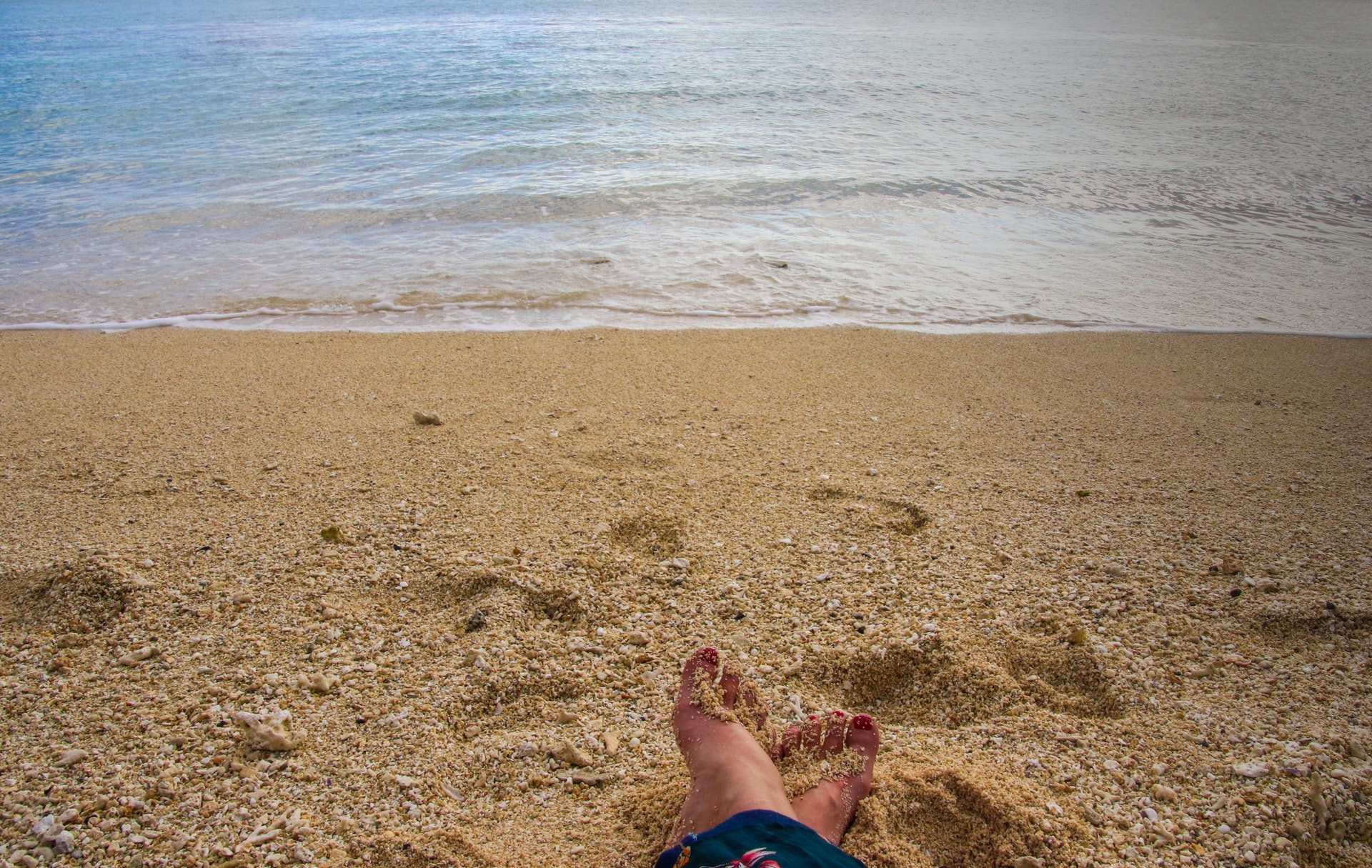
23 Aug Do you want to get rid of Plantar Fasciitis?
The most common foot condition that we see as a Podiatrists is plantar fasciitis.
What is Plantar Fasciitis?
It is inflammation or degeneration of the fascia or soft tissue which makes up the arch of your foot. (There is debate at the moment as to whether it truly is inflammation or if it is damage and tearing of the soft tissue. For the purpose of this blog, we’ll say it has an inflammatory response).
Most people with plantar fasciitis experience pain under their heel first thing in the morning, throughout the day or after periods of prolonged standing. Pain can be experienced on the plantar aspect of your heel (which is the most common site) all the way through the mid arch extending to the point where the arch of your foot meets the balls of your feet.
What causes Plantar Fasciitis?
A sudden increase in exercise, small weight gain, incorrect shoes or poor foot mechanics can cause this injury. We often see Plantar Fasciitis flare up with weight and centre of mass changes involved in pregnancy, particularly in the third trimester.
Often, Plantar Fasciitis will come in cycles. If you have had it before you are highly likely to have it again unless you treat is correctly.
What can you do about it?
Although this is one of the most common foot conditions we see here at The Foot Studio, the treatment plan for each patient is varied. The first step is identifying WHY this has happened for the patient and then implementing a treatment program tailored to their needs.
Wearing supportive, lace up shoes for one week until pain starts to reduce is a fantastic way to get on top of it. We recommend seeing a Podiatrist as soon as you notice something is not right with your feet. The longer that you have had pain, usually means the longer it will take for this pain to reduce. Be proactive with heel pain and see your Podiatrist.

What common Treatment is Prescribed for Plantar Fasciitis at The Foot Studio?
- Rest from high impact exercise
- Icing the heel and arch area with a frozen drink bottle
- Taking anti-inflammatory medication as required and directed by your doctor
- Ensuring you are wearing supportive and appropriate footwear – your feet are measured for size and width and any shoes are fitted or ordered in for you. Shoes may also be recommended for you from other stores. Our focus is getting you the most appropriate footwear to help with your pain.
- Strengthening exercises such as calf raises. Be sure NOT to do these off of a step whilst you have heel pain as this can exacerbate the severity of the injury.
- Supportive arch taping done by your Podiatrist
- Orthotic therapy
We recommend getting your pain seen to as soon as possible so that you can back on your feet as quickly as possible. We can then organise a personalised treatment plan to suit you and get you back on your feet doing the things you love pain free!
If you have any questions about Plantar Fasciitis please don’t hesitate to get in touch with us!
Laura
Podiatrist
The Foot Studio



No Comments